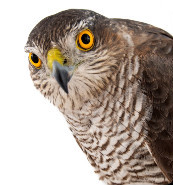
Behind the scenes.
everyday life: caring for the birds
A castle, birds of prey and flying displays, all require continuous attention, regular investment and attentive care.
Cleaning and maintenance.
Cleaning of aviaries and ponds, maintenance and improvement of infrastructures... Our care and maintenance teams ensure the smooth running of the different components of the park.

Weighing.
Cleaning of aviaries and ponds, maintenance and improvement of infrastructures... Our care and maintenance teams ensure the smooth running of the different components of the park.
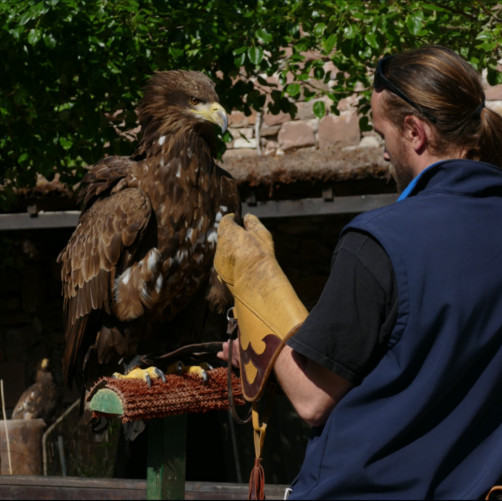
Care.
The carers are responsible for the health and well-being of each of the residents in the Volerie (condition of feathers, feet, beak, etc.)

Feeding.
The birds are fed daily at the time of flight. As in the wild, the search for food is the main motivation for a raptor to fly off and return to the handler’s glove.
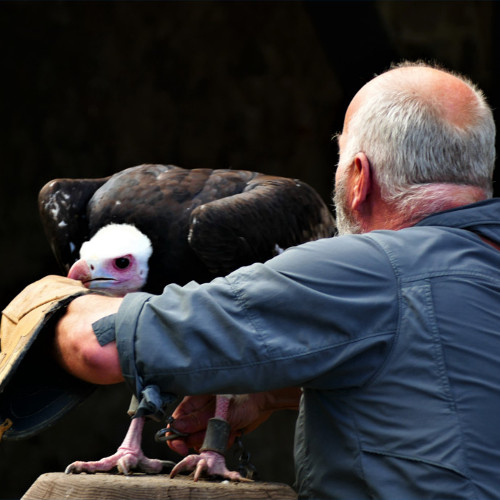
Training.
In-depth knowledge of each individual, daily contact and regular flights make it possible to establish a real relationship of trust.
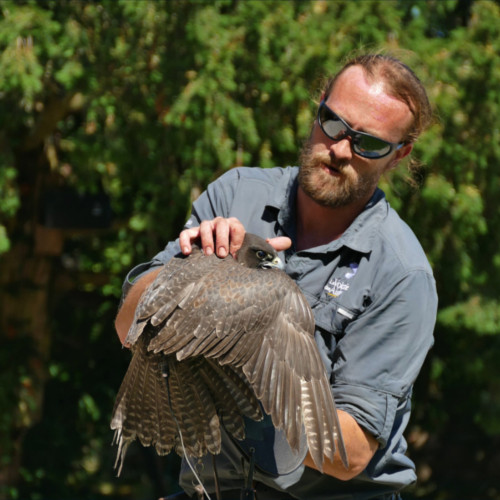

Wintering.
During the winter, the birds are moved from the castle to aviaries adapted to their needs (heat sources in particular). Depending on how they get along with each other, several species can coexist in a large aviary. They are given a rich and abundant, yet controlled winter diet to maintain their good physical health.
In the spring, some birds stay in the wintering aviaries for breeding, while others return to the castle. Training can then resume, to lose some of the weight put on during the winter.
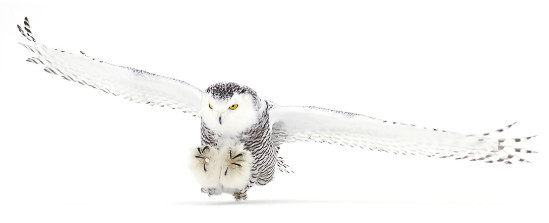
Breeding.
1978
La Volerie des Aigles set up its breeding centre, the first in France. It made a significant contribution to bringing about the end of the practice of collecting eggs in the wild, at a time when raptors were not adequately protected by law.
June 1983
Birth of an Andean condor in captivity for the first time
Present times
Since its creation, the breeding centre of the Volerie has seen the birth of 1700 young birds. It has contributed enormously to the improvement of knowledge and techniques in this field.
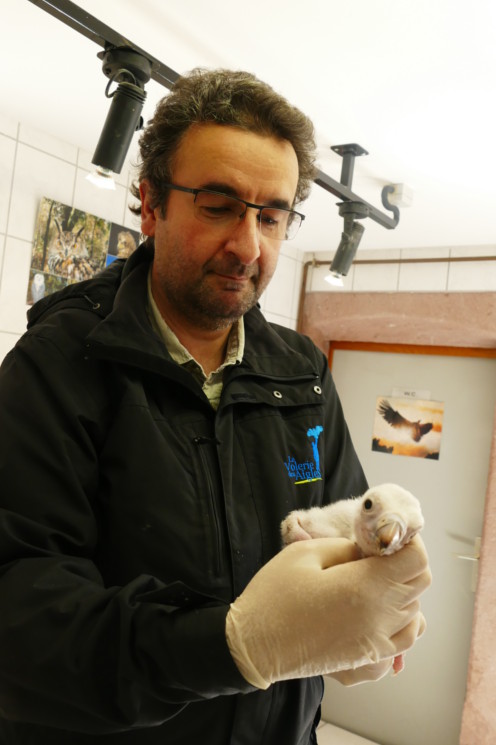
Breeding process?
Once the egg is laid, our carers put it in an incubator. That reduces the risk of accidental breakage to a tenth, and very often results in the female laying a replacement egg. Such repeat laying also occurs in the wild if something goes wrong with an egg, in order to maximise the chances of reproduction.
At its origins, the Volerie des Aigles breeding centre is one of the few centres where the techniques of sexing by genetic fingerprinting, artificial insemination and incubation are used for breeding birds of prey. We have an insemination room with all the equipment for semen collection, inspection and insemination. When combined with natural reproduction, this technique optimises the chances of breeding, especially with repeat clutches.
Nowadays, our experience and the possibility of putting males and females in contact means that breeding almost always takes place naturally.
Incubation and hatching.
The incubation room has four incubators and a hatchery. Eggs spend an average of 30 days - up to 55 for vulture eggs - in ideal temperature and humidity conditions.
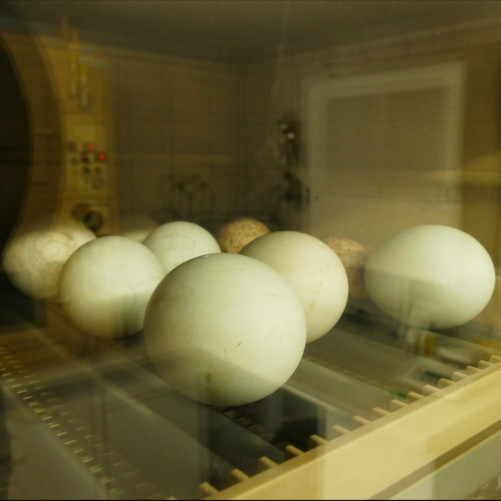
First days of life.
Hatchlings spend the first day of their lives in the breeding room containing “dryers”. There, they dry their down after hatching. Then they are placed in systems where the chicks can choose the temperature of their environment. From birth, they are fed there by our carers using tweezers, five times a day for about a week.
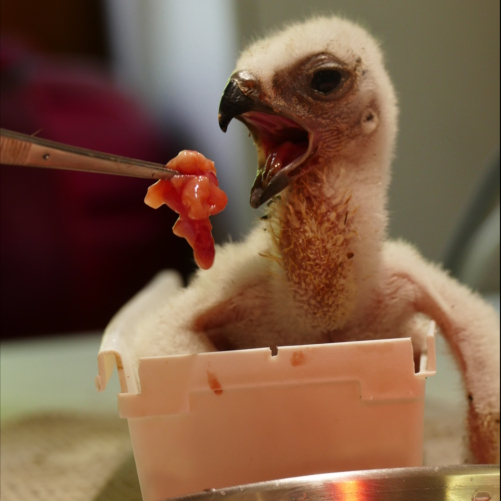
Raising by parents.
At the age of 8 to 10 days, they are returned to their parents who complete the rearing process. This technique ensures maximum safety for the youngsters and optimises their chances of survival. It also prevents human imprinting. They are raised by birds of prey and so behave like birds of prey. If they were raised by humans, they would think they are humans.

Are you interested in the lives of raptors ?
Learn more about breeding, behaviour and flying on the occasion of the exceptional days and take a sneak peek behind the scenes at our park.
DISCOVER THE EXCEPTIONAL DAYSDid you know?
In France, all birds of prey are fully protected by law.
Birds born in captivity are ringed at the age of three weeks: this offers tamper-proof identification, as the rings cannot be removed once the bird has grown up. Birds that cannot be ringed are chipped.
Supervisory bodies
- OFB (French Biodiversity Office)
- DREAL (Regional Directorate for the Environment, Planning and Housing)
- Veterinary services such as the DDPP (Direction Départementale de la Protection des Populations)
The various controls rule out the risk of trafficking and ensure animal traceability. All birds of prey used in France (whether for hunting, educational presentations or airport security) are born in captivity. Under no circumstances are birds taken from the wild.



